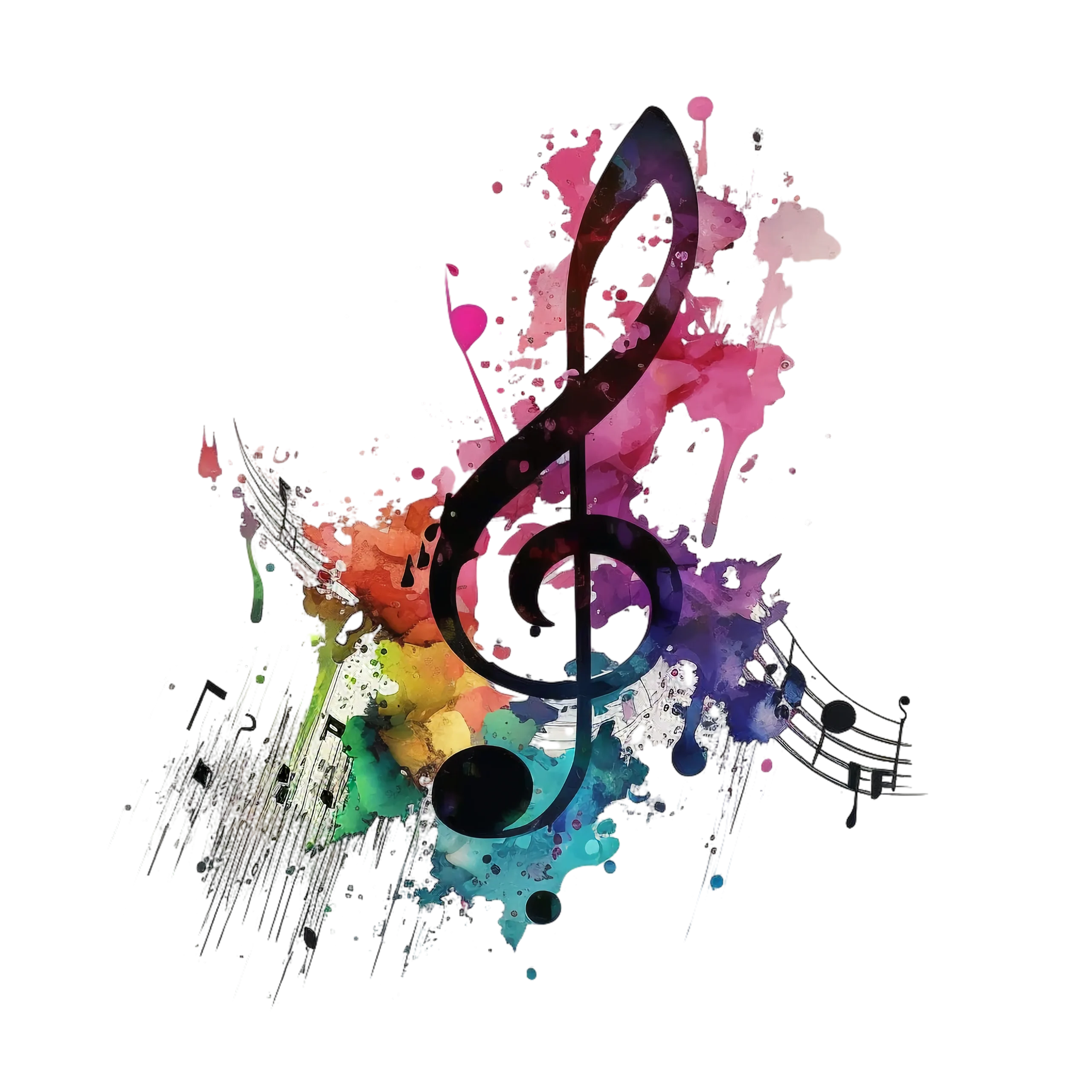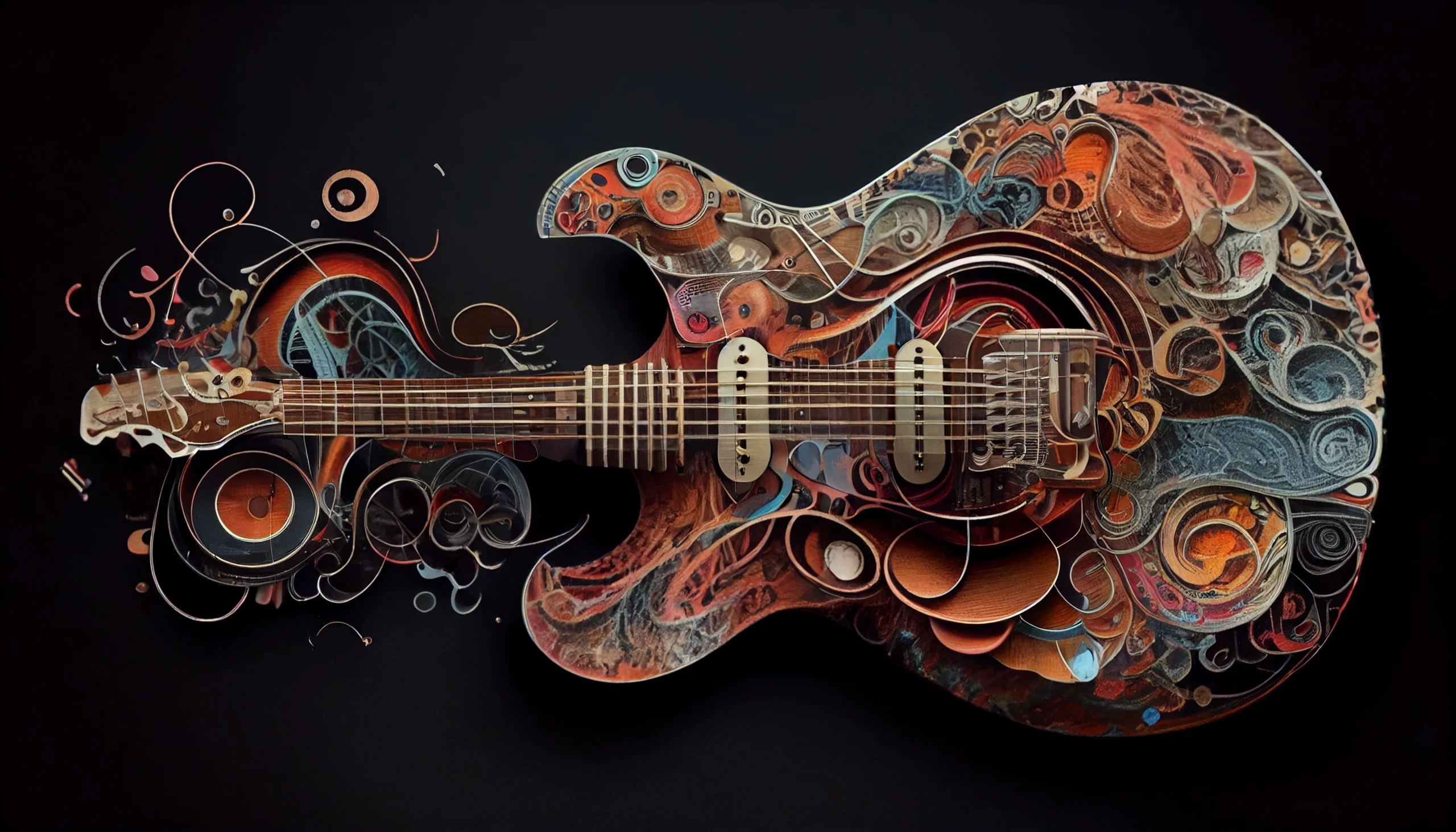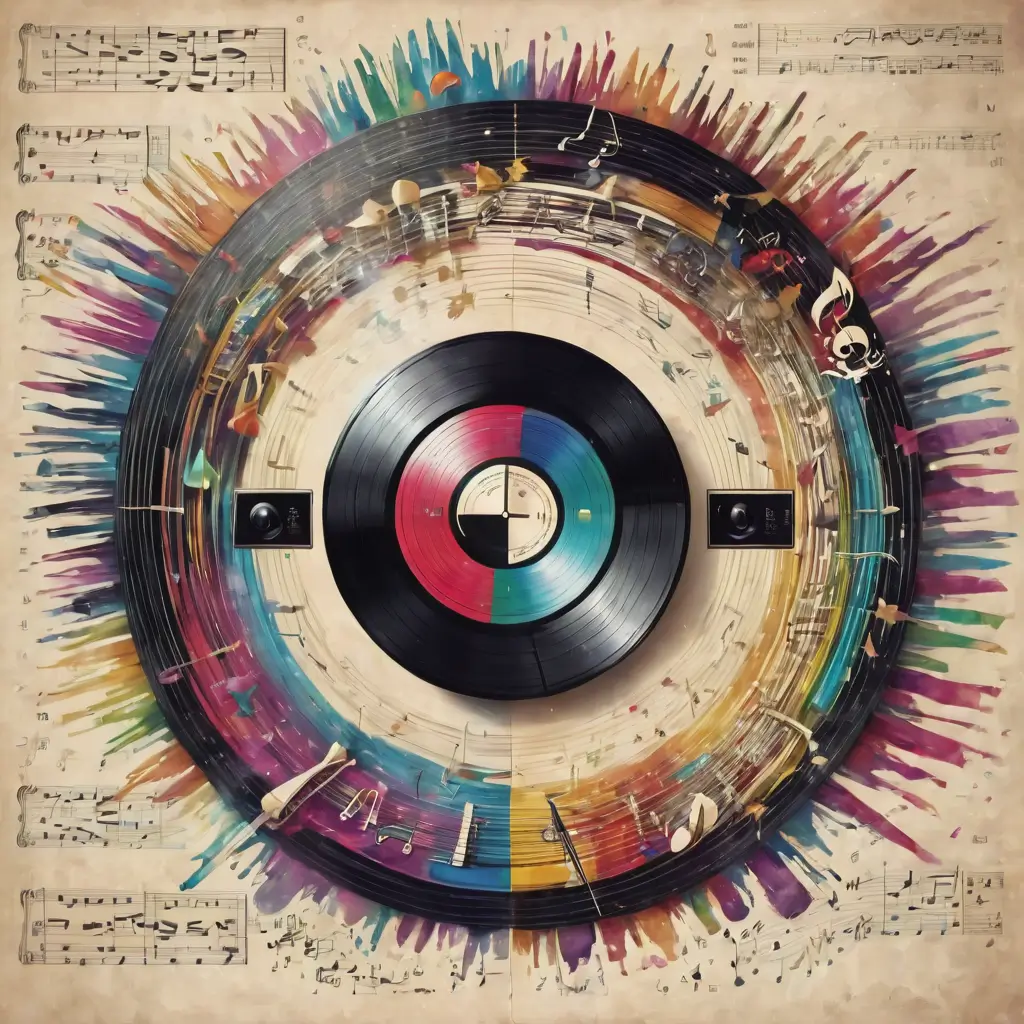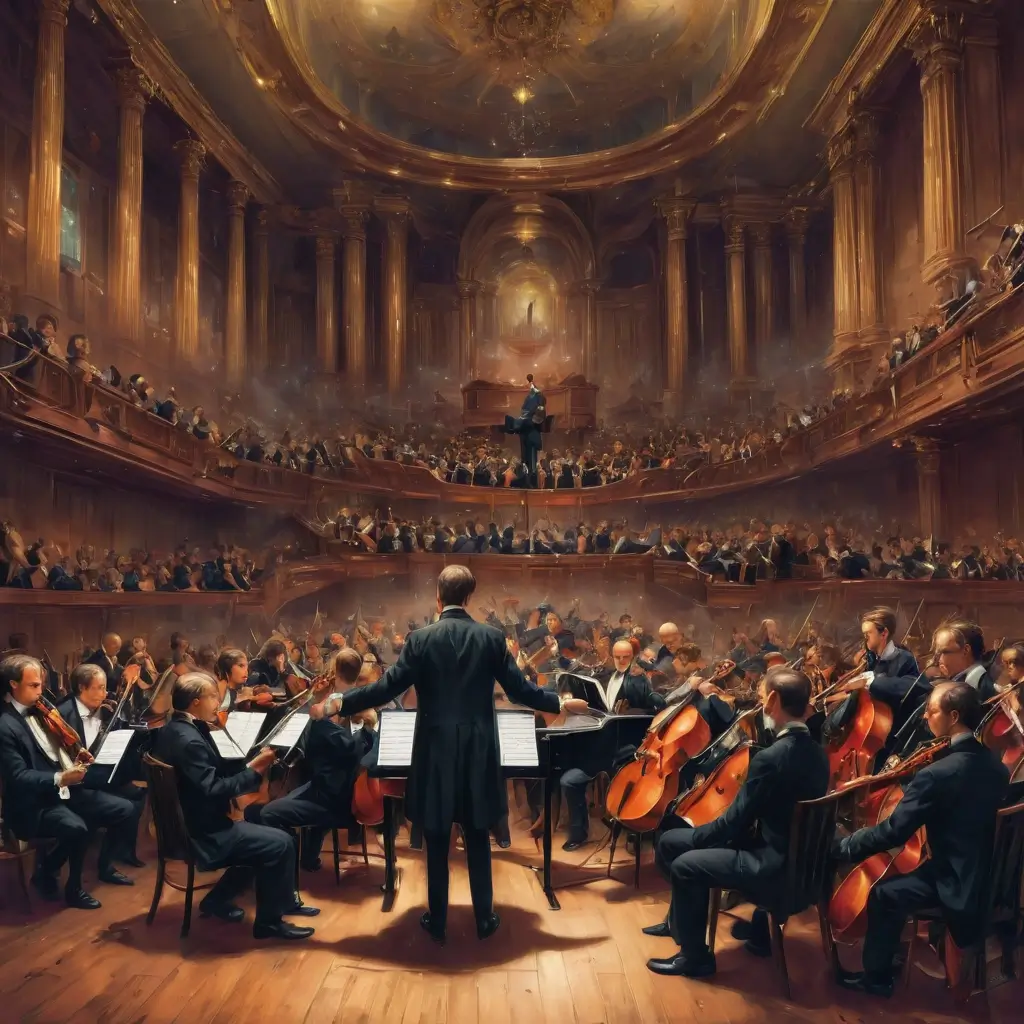You know how we’re always talking about how much we love music and how it can totally change our moods? Well, have you ever stopped to think about just how many different styles and genres of music there are?
I mean, think about it – from classical symphonies that take you on an emotional journey to rock songs that make you want to jump up and down, there’s literally something for everyone. And it’s not just about the instruments or the beat; it’s also about the lyrics and the stories they tell.
But here’s the really cool part: music isn’t just about what’s popular or mainstream. There are whole worlds of music out there that you might never have even heard of, like reggae from Jamaica, flamenco from Spain, or even K-pop from South Korea.
And it’s not just about where the music comes from; it’s also about how it makes you feel. Some music might make you want to dance, while other songs might make you feel calm or introspective. It’s like each genre has its own superpower for affecting our emotions.
Music is like a vast, ever-expanding universe, with each twinkling star representing a unique style or genre waiting to be explored. From the soulful melodies of blues to the pulsating rhythms of EDM, the world of music is as diverse and dynamic as the people who create it.
Think about it – every culture, every community, every corner of the globe has its own musical traditions, its own sounds, its own stories to tell. Whether it’s the haunting chants of indigenous tribes, the intricate harmonies of classical symphonies, or the raw energy of punk rock, music serves as a powerful expression of human creativity and emotion.
But diversity in music isn’t just about different genres; it’s also about the countless influences and inspirations that shape each unique sound. It’s about the fusion of styles and the cross-pollination of ideas that give rise to new and exciting musical movements.
In this exploration of the diversity of music styles and genres, we’ll journey through the rich tapestry of musical expression, uncovering hidden gems, and celebrating the familiar favorites.
- Classical Music:
- Origins and Evolution: Classical music traces its roots to the medieval period, evolving through distinct eras such as Baroque, Classical, Romantic, and Contemporary. Each era brought forth its own innovations, from the ornate compositions of Bach to the emotional intensity of Beethoven’s symphonies.
- Iconic Composers: Alongside Bach and Beethoven, the classical canon boasts a wealth of legendary composers including Mozart, Chopin, Brahms, and Tchaikovsky. Their timeless works continue to captivate audiences with their depth of emotion and technical brilliance.
- Performance Traditions: Classical music thrives in prestigious concert halls, where symphony orchestras, chamber ensembles, and soloists showcase the virtuosity of performers and the beauty of compositions. Opera houses also play a pivotal role in preserving the grandeur of classical opera.
- Modern Interpretations: While rooted in tradition, classical music also embraces modern interpretations, with contemporary composers like Philip Glass and John Adams pushing the boundaries of the genre with experimental compositions.
- Jazz:
- Roots and Influences: Jazz emerged from the African American communities of New Orleans, blending elements of blues, ragtime, and brass band music. It served as a creative outlet for African American expression and improvisation.
- Jazz Legends: Jazz is synonymous with iconic figures such as Louis Armstrong, Duke Ellington, Ella Fitzgerald, and Billie Holiday. These trailblazers revolutionized the genre with their innovative techniques and groundbreaking recordings.
- Subgenres and Fusion: Jazz has branched into diverse subgenres including swing, bebop, cool jazz, and fusion. Artists like Miles Davis and John Coltrane pioneered fusion, blending jazz with elements of rock, funk, and world music.
- Global Influence: Jazz has left an indelible mark on music worldwide, influencing genres as varied as pop, rock, and hip-hop. Its spirit of improvisation and collaboration continues to inspire musicians across cultures and generations.
- Rock and Roll:
- Birth of a Revolution: Rock and roll exploded onto the scene in the 1950s, fueled by the raw energy of artists like Chuck Berry, Little Richard, and Elvis Presley. It represented a rebellion against societal norms and a celebration of youth culture.
- Evolution of Sound: From the blues-infused rock of the 1960s to the psychedelic experimentation of the 1970s and the gritty punk ethos of the 1980s, rock music has continually reinvented itself. Bands like The Beatles, Led Zeppelin, The Rolling Stones, and Nirvana defined their respective eras.
- Genre Diversity: Rock encompasses a wide spectrum of styles, including classic rock, progressive rock, punk rock, heavy metal, and alternative rock. Each subgenre brings its own sonic palette and cultural context to the genre.
- Enduring Legacy: Despite evolving musical trends, rock and roll remains a cultural touchstone, with its anthems of rebellion, love, and angst continuing to resonate with audiences worldwide.
- Hip-Hop:
- Urban Expression: Born in the Bronx during the 1970s, hip-hop emerged as a voice for marginalized communities, addressing issues of poverty, racism, and social injustice. Its four elements—rapping, DJing, breakdancing, and graffiti—reflected the creativity and resilience of urban youth.
- Pioneering Artists: Hip-hop pioneers like Grandmaster Flash, Afrika Bambaataa, Run-DMC, and Public Enemy laid the foundation for the genre with their innovative beats, rhymes, and social commentary. They elevated hip-hop from local street culture to global phenomenon.
- Evolution and Subgenres: Hip-hop has evolved into a multifaceted genre, encompassing subgenres such as gangsta rap, conscious hip-hop, mumble rap, and trap. Artists like Tupac Shakur, The Notorious B.I.G., Jay-Z, Kanye West and Kendrick Lamar have pushed the genre’s boundaries with their lyrical prowess and storytelling.
- Cultural Impact: Hip-hop’s influence extends far beyond music, shaping fashion, language, and youth culture worldwide. It has become a platform for social activism, empowering marginalized voices and challenging the status quo.
- Electronic Music:
- Technological Revolution: Electronic music emerged in the mid-20th century with the advent of synthesizers, drum machines, and digital recording techniques. Artists like Kraftwerk, Brian Eno, and Giorgio Moroder pioneered the genre, embracing technology as a tool for sonic exploration.
- Diversity of Subgenres: Electronic music encompasses a vast array of subgenres, from the pulsating beats of techno and house to the atmospheric sounds of ambient and the bass-heavy rhythms of dubstep and drum and bass.
- Club Culture and Festivals: Electronic dance music (EDM) has become synonymous with club culture and festivals, providing a communal space for dance, celebration, and self-expression. DJs and producers like Carl Cox, David Guetta, Skrillex, and Calvin Harris command massive audiences with their electrifying performances.
- Global Phenomenon: EDM’s infectious energy and euphoric melodies have transcended geographical boundaries, making it a dominant force in mainstream music and pop culture. Its influence can be felt in commercials, movies, and even virtual reality experiences.
Next, let’s dive into the journey of music and how it has progressed throughout time.



